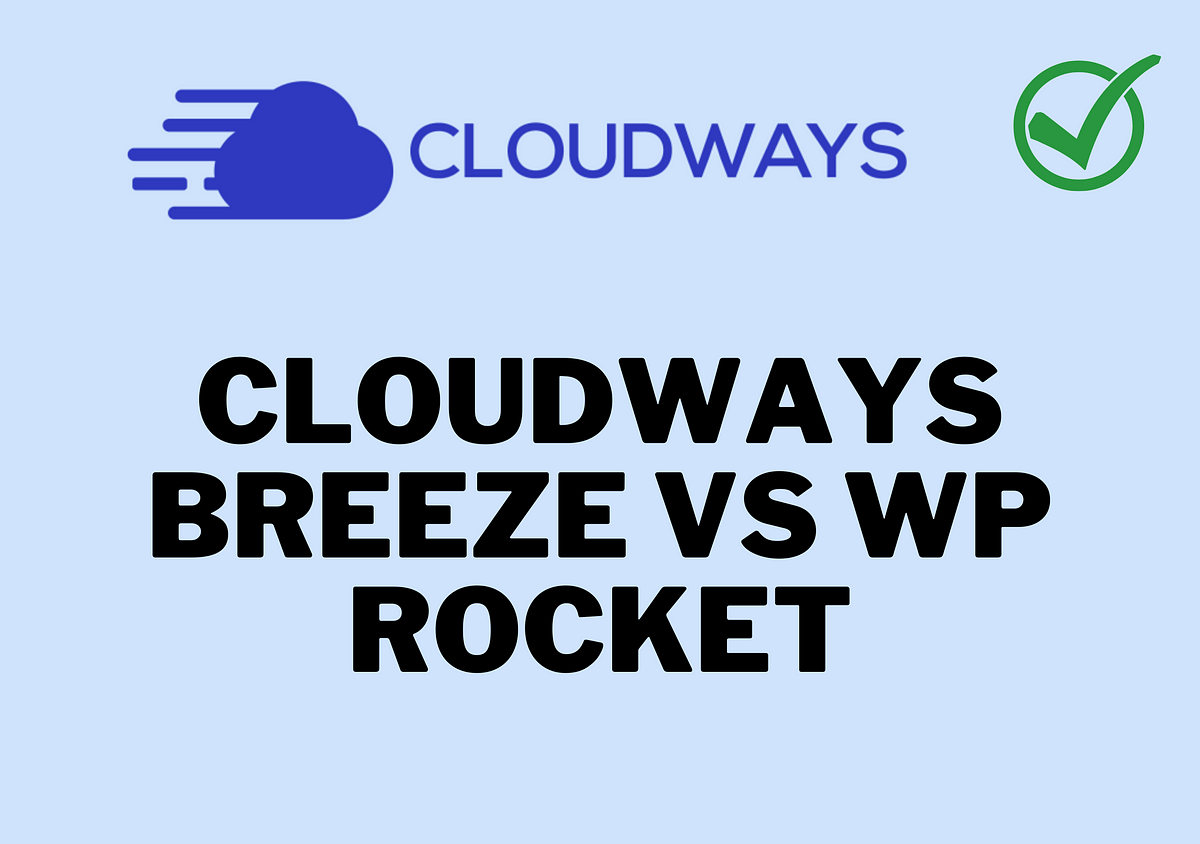The Definitive Guide for Litespeed Cache Vs. Wp Rocket
Table of ContentsFascination About Litespeed Cache Vs. Wp RocketLitespeed Cache Vs. Wp Rocket Fundamentals ExplainedSome Known Details About Litespeed Cache Vs. Wp Rocket Some Known Details About Litespeed Cache Vs. Wp Rocket The smart Trick of Litespeed Cache Vs. Wp Rocket That Nobody is Talking About
They have a smaller file size, making them much easier to pack. That's a great compromise if you desire much better packing efficiency.
If you're running your website on Word, Press, you're definitely using plugins and widgets to add capabilities to your website. Every plugin you install adds a little bit of code to your web page, making it heavier than it must be.
Let's say your server is based in Australia, however you have several visitors from India. Instead of sending out documents directly from Australia, the CDN can send data from a server in India, making this procedure faster and a lot more reliable. Redirects are a natural part of any type of web site, and there's absolutely nothing incorrect with them.
The 2-Minute Rule for Litespeed Cache Vs. Wp Rocket
By connecting as close to the last destination as feasible, you prevent creating too several redirects and therefore, decrease your internet site's lots. Unsurprisingly, some of the finest sources for enhancing your site are from Google.
It summarizes the customer experience of visitors to your website, showing how lots of URLs pass or fall short Core Internet Vitals and other web page experience signals. Lighthouse, for Google Chrome This is among one of the most advanced performance dimension tools readily available and wonderful for benchmarking. Web, Web Page, Test This device offers a waterfall diagram of exactly how all the assets tons on your website.
Do not blind on your own to ratings and metrics as those numbers are not agent of all your visitors. Every customer is various. Every visitor uses an additional type of internet link, gadget, and browser. Find out that your individuals are, how they access your website, and what they do while they're there.
Use the recommendations to get begun on improving your page speed, but do take these with a grain of salt. They are terrific starting points, but there is so much more you can do!

This will certainly reduce latency and cause improvements to your page rate because it minimizes any possibility of a hold-up or the number of big salami generated. If you have white space, line returns or also comment tags, HTML and message can news build up and boost your web page size by 10 20%, adversely affecting web page lots time.
Optimizing page rate is critical in today's digital atmosphere when customers expect what they're browsing for to show up immediately. Organizations of all sizes need to take advantage of the offered Search engine optimization devices and methods in order to adapt and take on their peers on the online search engine results web pages.
Litespeed Cache Vs. Wp Rocket for Beginners
As web page technology, like the growth and vast use Java, Script libraries, has actually progressed in time, the use of this technology has actually been solidified by the speed, or bandwidth, of Internet links and the processing and memory resources of tools. Basically: the extra information and sources the server sends to the internet browser, the longer it requires to deliver the "plan" throughout a web link click for info and the slower the page will be aesthetically rendered in the internet browser and become useful.

This is so when a site visitor brows through this internet site once more, it does not need to refill the entire page. This benefits web page rate, as this minimizes time spent sending numerous HTTP requests to the server. An added advantage is the decrease of data transfer and as a result the general cost of hosting your website.
This will lower latency and result in enhancements to your web page rate because it decreases any type of opportunity of a hold-up or the number of round trips produced.
As websites innovation, like the growth and wide use of Java, Script libraries, has progressed with time, the usage of this technology has been solidified by the speed, or data transfer, of Web links and the handling and memory sources of tools. In brief: the more data and resources the server sends to the browser, the longer it takes to deliver the "package" across a web connection and the slower the page will be visually rendered in the internet internet browser and come to be useful.
Web page rate effects traffic across all channels and sources, yet because Google has actually led developments in making use of page speed in web search ranking algorithms, reducing latency has become a core part of search engine optimization. While anything that includes time to the page rendering process is a web page rate aspect, there are a number of problems that are most common: The time in between when the customer or web browser requests the page and the first feedback from the server is called the server response time, additionally determined as Time To First Byte (TTFB), or the time at which the web server sends out the first information that the internet browser can utilize to construct and render the web page.